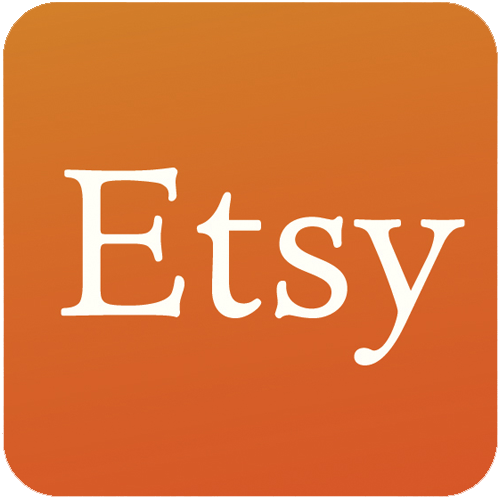With Just $300, I Started A Dried Flower Arrangement Business And Now Make $10K/Month
Hello! Who are you and what business did you start?
Hey everyone!
My name is Alexandra (Ali) Matkowsky and I’m the founder of Milla Rose, a boutique online, dried flower arrangement business based in Melbourne, Australia.
We sell dried flowers, which are real flowers that last for years, not days. Our flowers can last up to 260x longer than fresh flowers.
What started as a side project in the bedroom of our tiny apartment just over 18 months ago, has now become a nearly 10k a month business, with our monthly revenue doubling since this time last year.
Since starting halfway through 2020, we have sold almost 3000 arrangements to all corners of Australia in an extremely niche yet growing category.


Download the report and join our email newsletter packed with business ideas and money-making opportunities, backed by real-life case studies.

Download the report and join our email newsletter packed with business ideas and money-making opportunities, backed by real-life case studies.

Download the report and join our email newsletter packed with business ideas and money-making opportunities, backed by real-life case studies.

Download the report and join our email newsletter packed with business ideas and money-making opportunities, backed by real-life case studies.

Download the report and join our email newsletter packed with business ideas and money-making opportunities, backed by real-life case studies.

Download the report and join our email newsletter packed with business ideas and money-making opportunities, backed by real-life case studies.

Download the report and join our email newsletter packed with business ideas and money-making opportunities, backed by real-life case studies.

Download the report and join our email newsletter packed with business ideas and money-making opportunities, backed by real-life case studies.



















